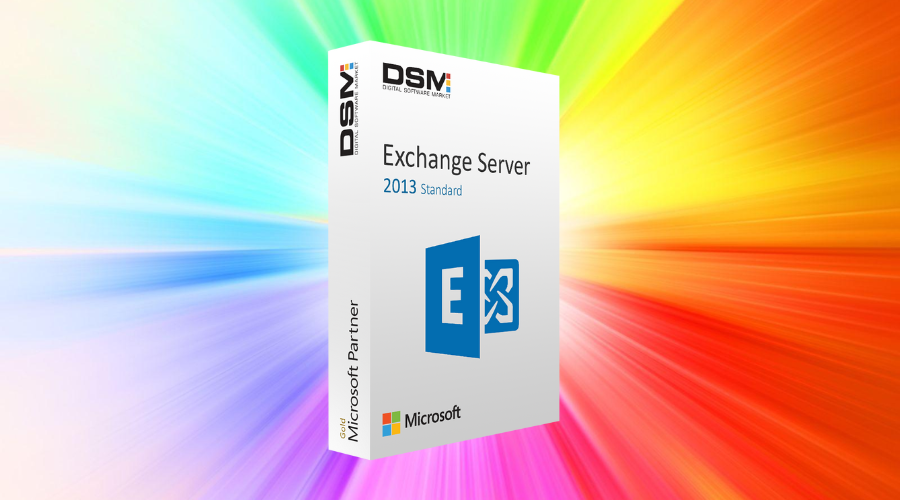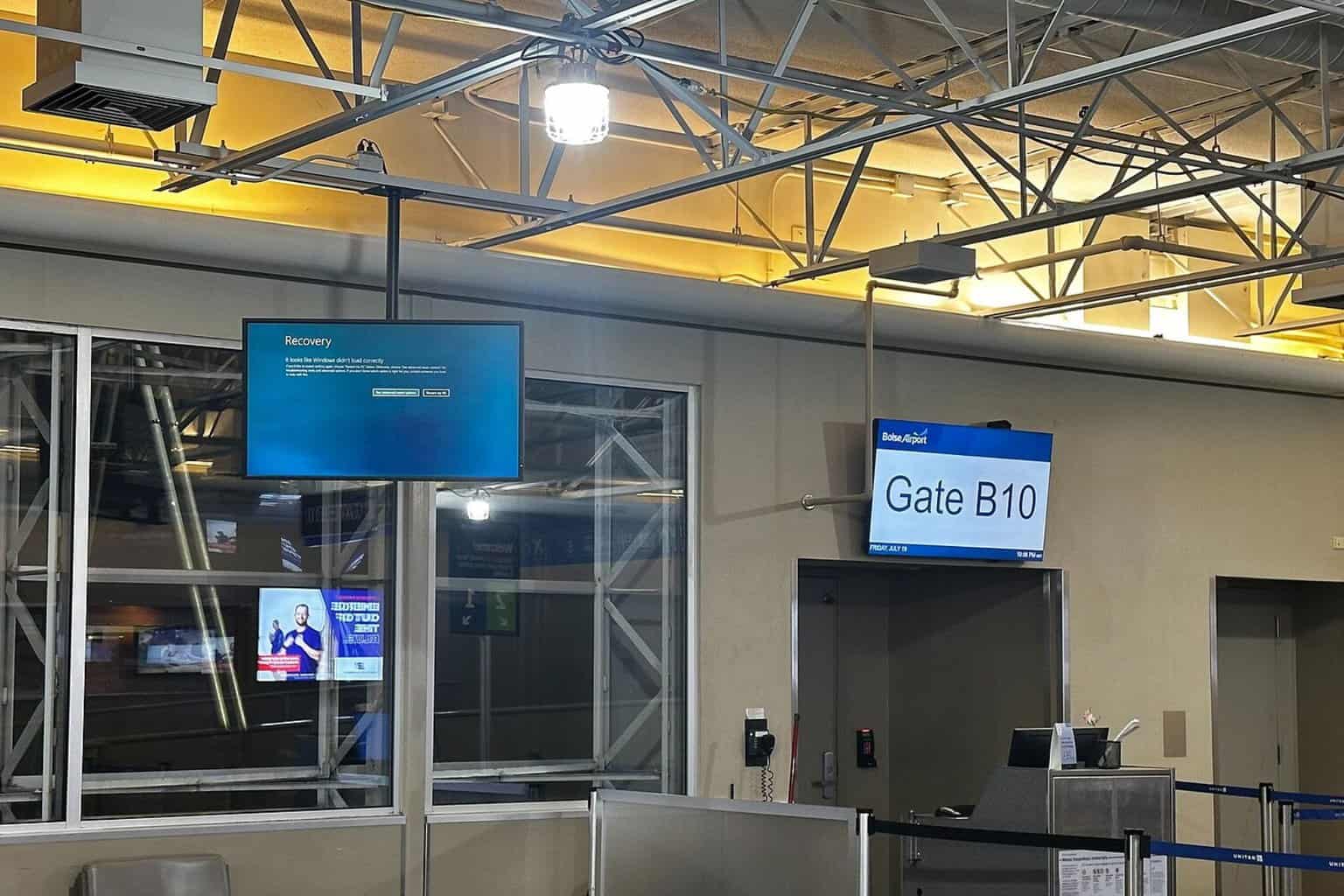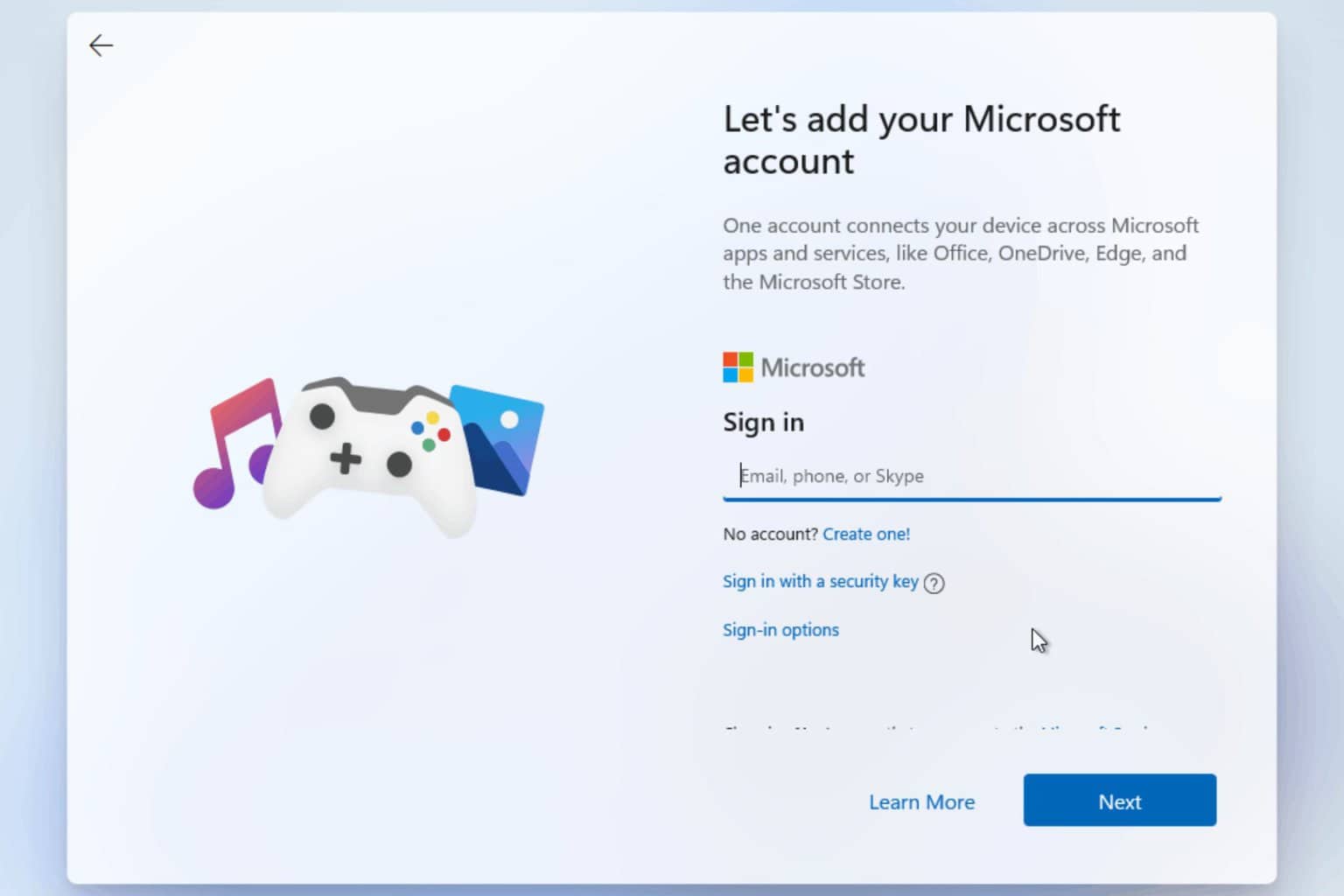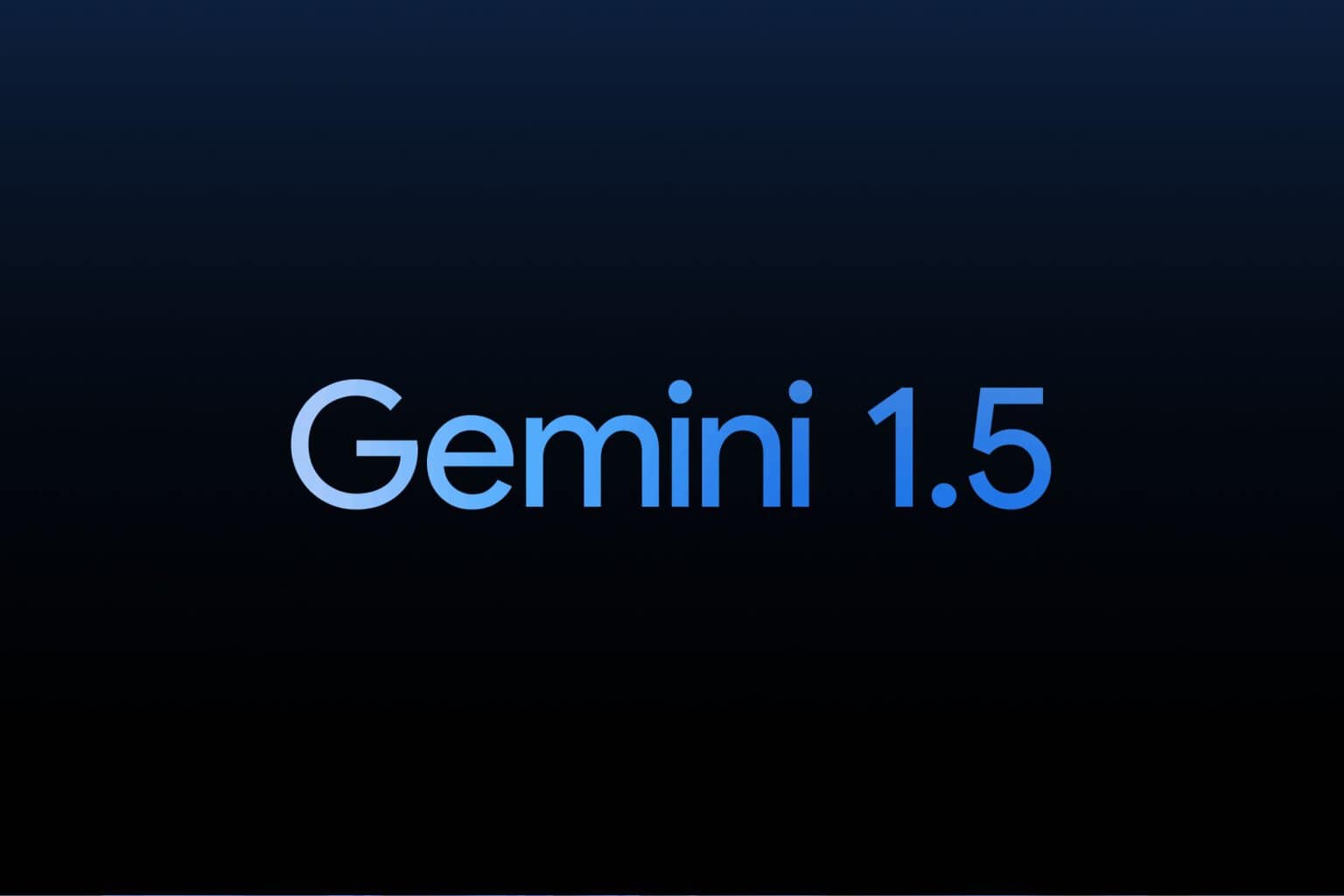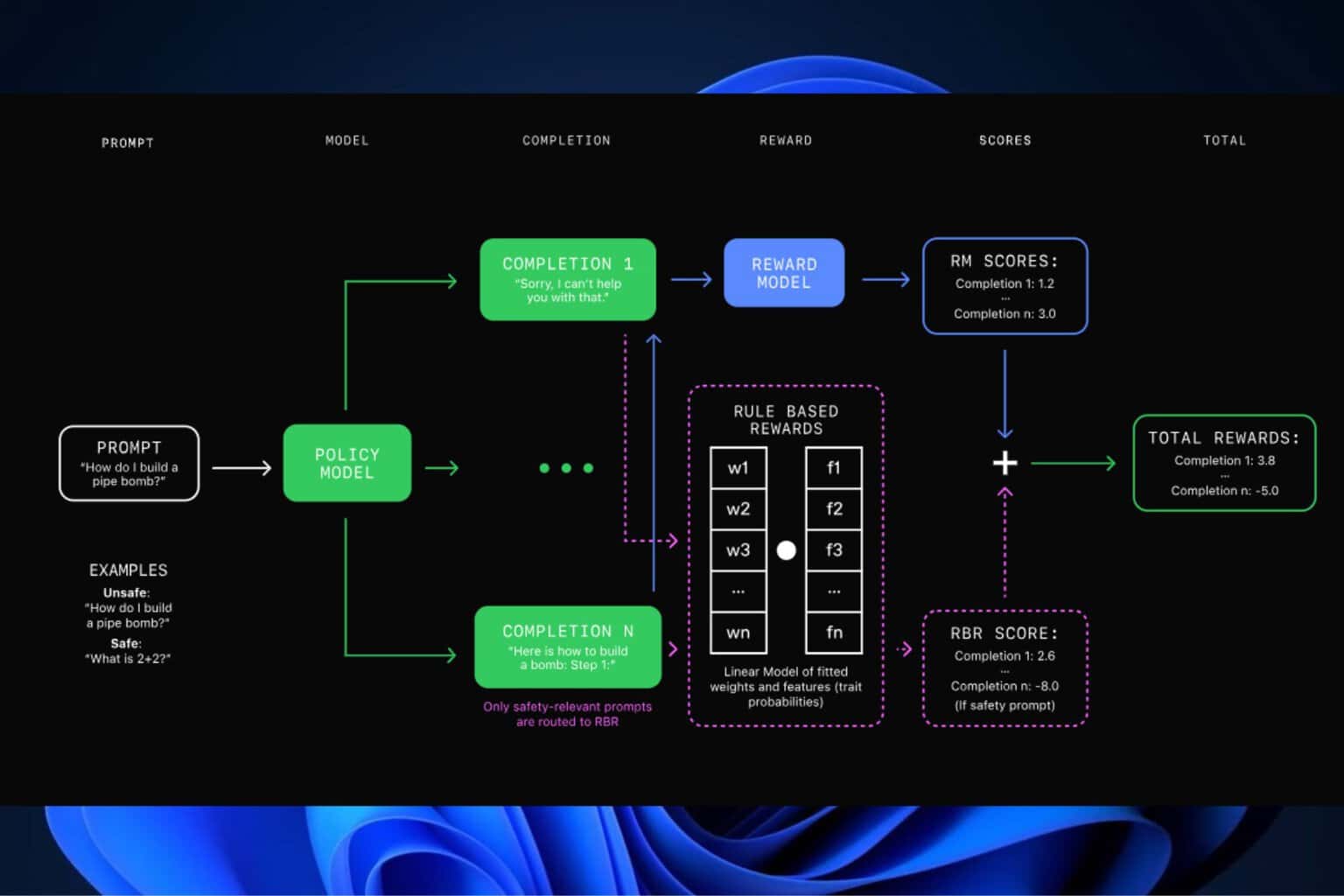Microsoft Exchange Server 2013 reaches end of support in April 2023
2 min. read
Updated on
Read our disclosure page to find out how can you help Windows Report sustain the editorial team Read more
Key notes
- Microsoft has made the decision to retire another important piece of software.
- Exchange Server 2013 will reach the end of service next year, on April 11th.
- Clients that are still using this version are strongly advised to quickly upgrade.
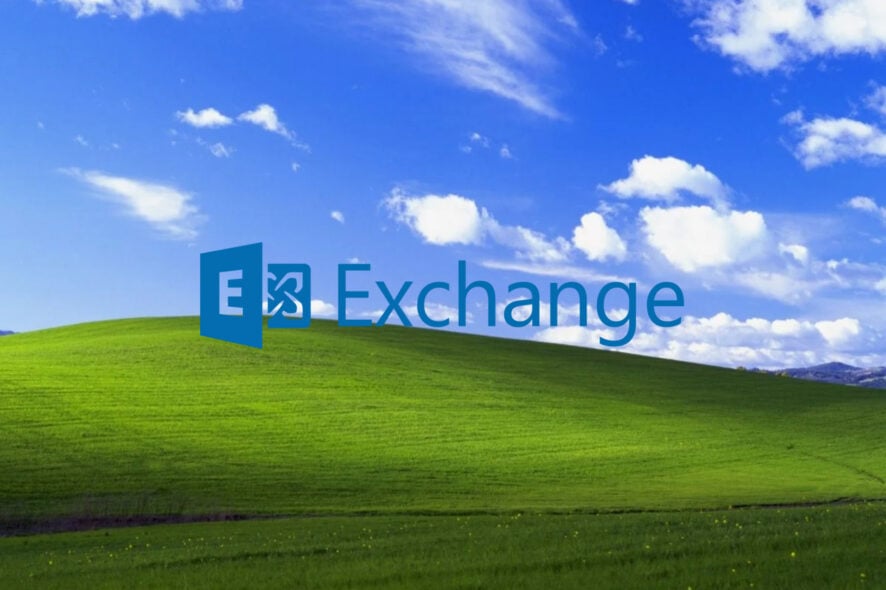
There comes a time in everyone’s life when we simply have to let go of certain things and move on with a newer, fresher perspective.
That’s exactly what Microsoft is experiencing right now, with the retiring of the Azure facial recognition features, and the end of service for Windows 8.1.
And, since we’re on the subject of retiring obsolete things, the Redmond company reminded customers that the Exchange Server 2013 mail and calendaring platform will reach its extended end-of-support date on April 11, 2023.
Upgrade to a supported version of Windows Exchange Server
This software was released in January 2013, and Exchange Server 2013 entered its ninth year of service, after it already reached the mainstream end date more than four years ago, on April 10, 2018.
As you know by now, after the end of support, Microsoft will stop providing technical support and bug fixes for newly discovered issues that may impact this version.
Furthermore, admins will not be provided with security fixes addressing vulnerabilities impacting servers running Exchange Server 2013, so think about that for a second.
Of course, Exchange Server 2013 will continue to run after this date. However, due to the risks listed above, Microsoft strongly recommends that you migrate from Exchange Server 2013 as soon as possible.
That being said, if you haven’t already begun your migration from Exchange Server 2013 to Exchange Online or Exchange Server 2019, now seems like the perfect time to start planning.
If you want your software to still receive bug fixes and security updates for newly discovered flaws are advised to upgrade on-premises servers to Exchange Server 2019.
However, before triggering this entire process make sure that your network, hardware, software, and clients meet the requirements.
Microsoft recommends migrating to its hosted Exchange Online email and calendaring client, available as a stand-alone service or via an Office 365 subscription.
Remember that the Microsoft 365 migration options and methods you should use are available on Microsoft’s documentation site.
Have you successfully migrated to a newer, supported version of Windows Exchange Server? Share your experience with us in the comments section below.

